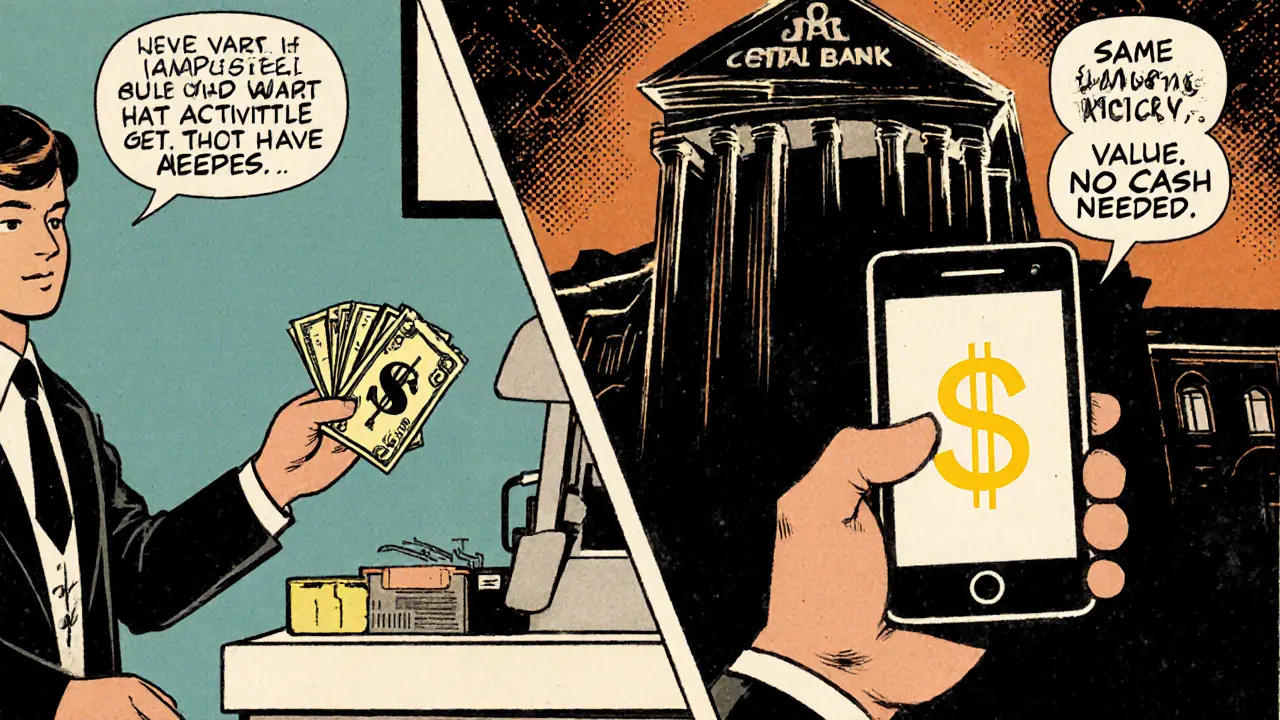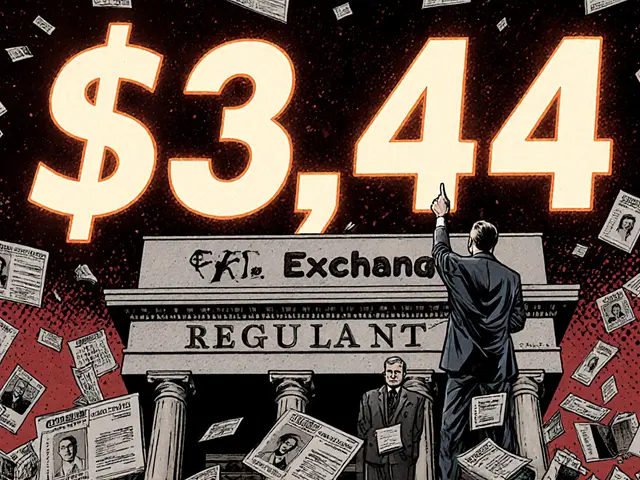Digital Currency: What It Is, How It Works, and Where to Use It
When we talk about digital currency, a form of money that exists only in electronic form, often built on blockchain technology and used for peer-to-peer transactions without traditional banks. Also known as cryptocurrency, it isn’t just about Bitcoin or meme coins. Digital currency includes stablecoins like USDC, central bank digital currencies (CBDCs), and tokens built on Layer 2 and Layer 3 networks. It’s the backbone of DeFi, crypto exchanges, and even some offline payment systems today.
Not all digital currency is the same. Some, like stablecoin, a type of digital currency pegged to a real-world asset like the U.S. dollar to reduce volatility, are designed to hold value. Others, like blockchain, a distributed ledger that records transactions across many computers so that any involved record cannot be altered retroactively, are the infrastructure that makes digital currency possible. You can’t have digital currency without blockchain—but you can have blockchain without digital currency. And while some digital currencies are backed by real assets, others, like Wiener AI or MOLTEN, are built on hype, code, and community trust—with little to no real utility.
Digital currency is used in places you might not expect. In Kazakhstan, it once ate up 17% of the country’s electricity until mining got banned. In Turkey, traders use Coinzo to buy crypto with local currency because banks won’t help. In the U.S., Bitnomial lets institutions trade Bitcoin futures with physical delivery—something no other regulated platform offers. Meanwhile, wrapped tokens like WACME let assets move between blockchains, and ERC-20 standards make it easier for developers to build on Ethereum. But here’s the catch: not everything labeled "digital currency" is real. Wrapped USDR? Doesn’t exist. Buff Network? Not operational. MaskEX? Withdrawal nightmares. The line between innovation and scam is thinner than ever.
So what should you care about? If you’re holding digital currency, you need to know who issued it, where it lives, and whether it’s backed by anything real. If you’re trading it, you need to know which exchanges are regulated, which are risky, and which are outright scams. The posts below cover exactly that: real reviews of exchanges like WhiteBIT and Blockchain.com, deep dives into tokens that actually do something, and warnings about fake ones. No fluff. No hype. Just what’s working, what’s broken, and what to avoid in 2025.






